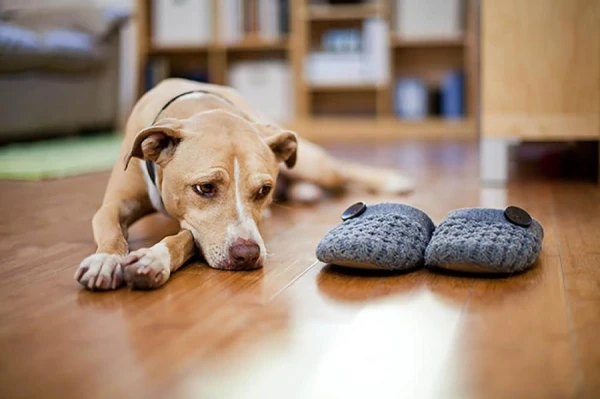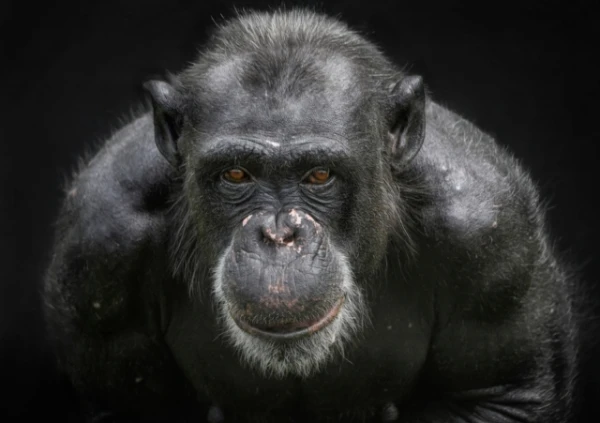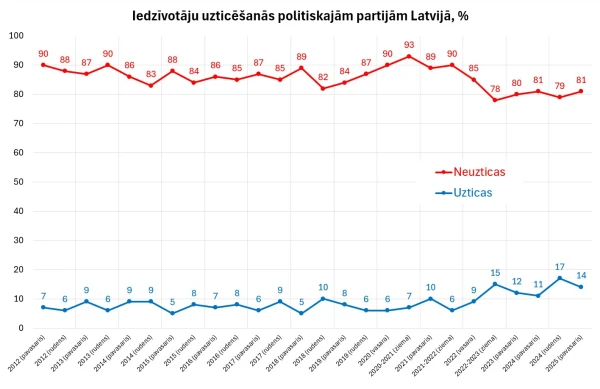
Spring and autumn are a challenge for pet owners. Fur everywhere, on clothes, furniture, carpets. But seasonal shedding in cats and dogs is a natural process during which the body renews its coat and prepares for temperature changes. Groomer Ekaterina Vorobieva shared how to help your pet during this period.
When and How Seasonal Shedding Occurs
Shedding is directly related to changes in day length and temperature.
For dogs, spring shedding begins in March–April: the animal sheds its dense undercoat that protected it from winter cold. In the fall, from September to October, the process reverses — a thick undercoat and long guard hairs form in preparation for winter. The intense phase lasts 2–3 weeks, and for northern breeds, up to a month.
Cats experience similar seasonality: in spring, the animal actively sheds its “winter coat,” while in autumn, it grows a warmer fur. As noted by Ekaterina Vorobieva, cats and dogs living in apartments may shed almost year-round — due to artificial lighting and constant temperature, their natural biorhythms are disrupted.
Breeds with dense undercoats shed the most — huskies, spitzes, shepherds, and labradors; among cats, Siberians, British, and Maine Coons. Poodles, Yorkshire terriers, and breeds without undercoats, such as sphynxes and rexes, shed very little.
Why Your Pet May Be Shedding More Than Usual
If excessive fur is falling out, it’s worth paying attention to the animal's lifestyle.
According to Ekaterina Vorobieva, shedding intensity increases in hot and dry air, when heating or air conditioning creates “eternal summer.” Nutrition also plays an important role: feeds low in protein and vitamins lead to brittle and dull fur.
Stress is another common factor. Moving, the arrival of a new family member, a visit to the veterinarian, or grooming can trigger stress shedding.
Additionally, prolonged shedding often signals health issues — allergies, skin and hormonal diseases, metabolic disorders, or parasites.
If your pet is scratching, has bald spots, or wounds, it’s advisable to consult a veterinarian.
Grooming During Shedding
According to Ekaterina Vorobieva, proper grooming during shedding is the main way to manage excessive hair loss.
For dogs, furminators and de-shedding brushes are suitable — they gently remove the undercoat without damaging the guard hairs. Long-haired breeds benefit from slicker brushes, while short-haired breeds do well with rubber grooming gloves.
Dog trainers also note that dogs should not be bathed more often than once a month during shedding, unless otherwise specified for the breed. After bathing, it’s important to thoroughly dry the fur and brush the pet: this removes dead undercoat.
Daily brushing can significantly reduce the amount of fur in the home. For long-haired dogs, it’s advisable to use combs with wide teeth and conditioners that prevent matting.
Furminators are also suitable for cats, but they should be used carefully and no more than twice a week. Slicker brushes and grooming gloves help remove dead hairs while simultaneously massaging the skin. During active shedding, it’s best to brush cats daily to prevent hairballs in the stomach.
Washing and Grooming During Shedding Season
Washing animals during this period should be done correctly. Frequent bathing does not accelerate shedding. Healthy dogs are bathed every 1–2 months, while hairless breeds should be bathed twice a month due to active sebum production.
Frequent shedding in cats is often a result of grooming mistakes and the use of unsuitable cosmetics. For example, products designed for dogs may not be suitable for cats, as their bodies are more sensitive to essential oils.
As noted earlier by international grooming expert Nadezhda Rumyantseva, shaving a cat does not reduce the amount of fur; rather, it makes the hairs brittle and dangerous if swallowed.
The expert recommends conducting a comprehensive grooming wash every 7–14 days during shedding, including exfoliation, deep cleaning shampoo, and conditioner. After the procedure, it’s best to blow away the remaining hairs with a compressor — this makes shedding almost unnoticeable.
Vitamins and Nutrition for Healthy Fur
A quality diet is a crucial part of care. Ekaterina Vorobieva emphasizes that fur reflects everything the animal eats.
The food should be super-premium or holistic, with a high content of animal protein. During shedding, vitamins for the fur of cats and dogs are particularly important: omega-3 and omega-6 fatty acids, biotin (vitamin B7), zinc, and selenium. “These substances strengthen the hair follicle, giving shine and elasticity to the fur,” explains the expert.
Supplements can be given in the form of specialized vitamin complexes or by choosing food that already contains them. New products should be introduced gradually to avoid stress and digestive issues.
How to Remove Pet Hair at Home
Even with proper care, there will still be more fur in the house than usual. To prevent cleaning from turning into a daily marathon, Ekaterina Vorobieva advises following simple rules:
- Regularly brush your pet — the more fur remains on the brush, the less there will be on the furniture.
- Use damp cleaning instead of dry: a slightly damp microfiber cloth or a wet rubber glove collects hairs better. A robot vacuum and a washing vacuum cleaner can help maintain cleanliness automatically, while lint rollers and special brushes are useful for clothing and furniture.
- If the air in the apartment is too dry, the fur becomes static and flies around — a humidifier will solve this problem. Throws on your pet's favorite spots will help reduce cleaning time.
Technology can also help. A powerful vacuum cleaner with a turbo brush and a robot cleaner will collect the bulk of the fur from carpets and floors. A steam mop will help remove stubborn fur from surfaces.













